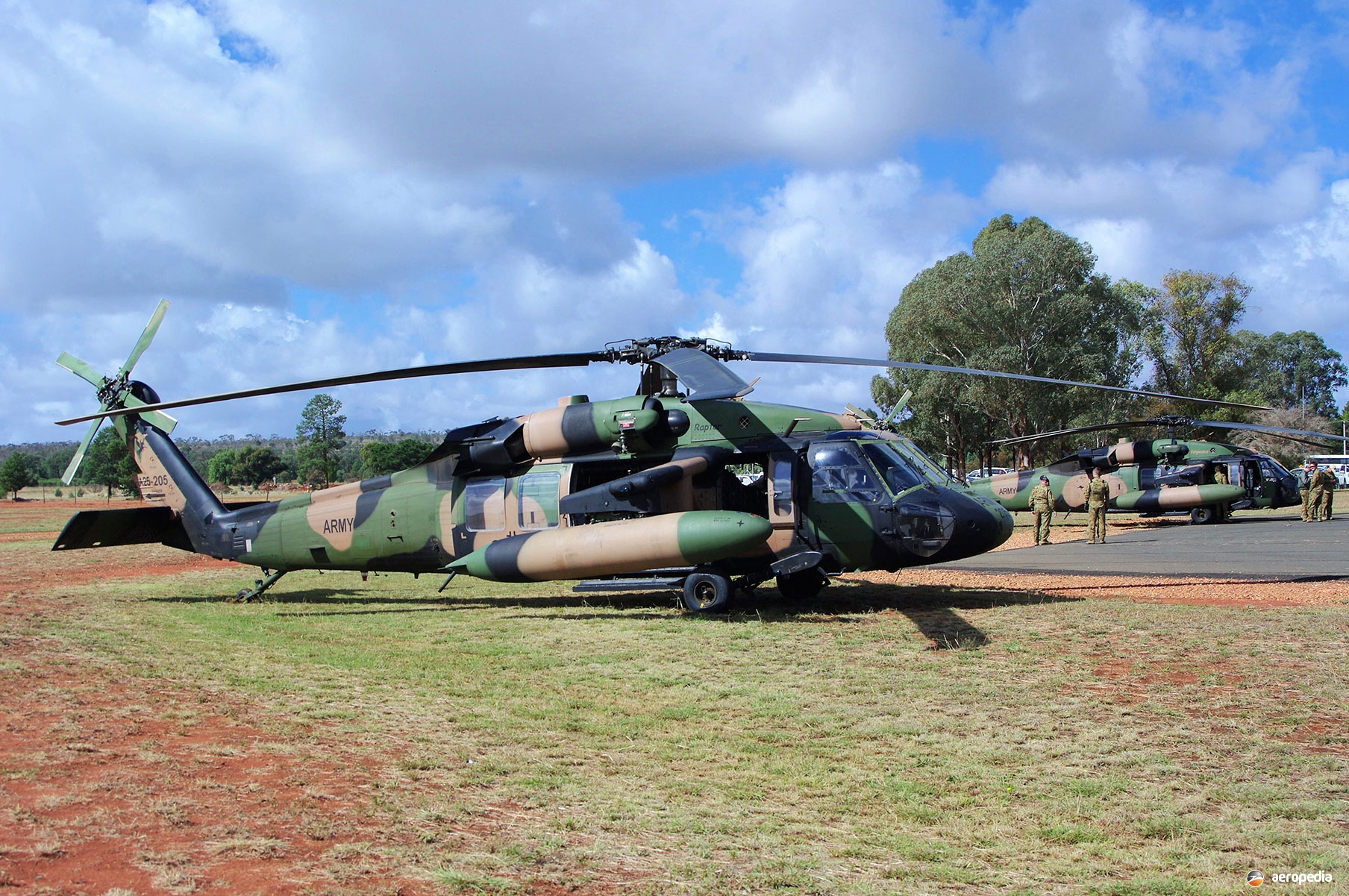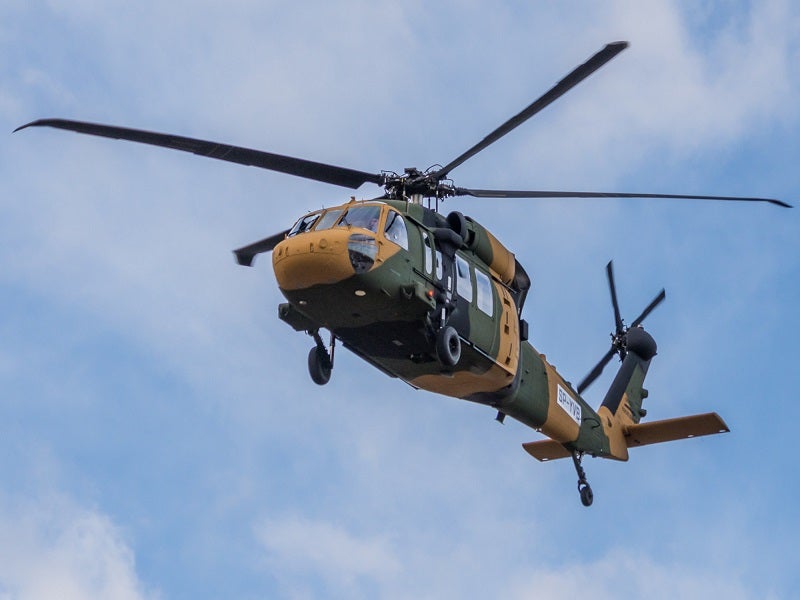High-Performance Multi-Role Rotorcraft Featuring Advanced Cabin Technologies and Integrated Sensor Solutions
The realm of rotorcraft technology has actually seen notable improvements in recent times, specifically in the world of high-performance multi-role rotorcraft equipped with innovative cabin innovations and flawlessly integrated sensor systems. In the adhering to discussion, we will explore the advancement of rotorcraft modern technology, dive right into the world of innovative cockpit advancements, and analyze the implications of incorporated sensor systems on the functional versatility and performance of contemporary rotorcraft.
Development of Rotorcraft Technology
The evolution of rotorcraft technology has been marked by significant developments in the rules of aerodynamics, products, and propulsion systems, forming the abilities and performance of modern-day rotorcraft. In addition, innovations in propulsion systems, consisting of a lot more powerful engines and ingenious propulsion technologies, have made it possible for rotorcraft to accomplish higher altitudes, faster rates, and higher hauls.
These improvements have not just transformed the capacities of rotorcraft however have additionally increased their applications across various industries, consisting of military, commercial, and emergency situation solutions. The constant advancement of rotorcraft technology proceeds to drive advancement in the area, pressing the boundaries of what is feasible and shaping the future of upright trip.
Advanced Cabin Innovations
Building upon the fundamental improvements in aerodynamics, products, and propulsion systems, the realm of rotorcraft modern technology currently moves focus towards introducing Advanced Cabin Innovations. The combination of advanced modern technologies within the cockpit environment plays a crucial function in boosting the operational capacities, security, and performance of modern-day rotorcraft. sikorsky s 70. Advanced Cabin Innovations encompass a large selection of functions designed to supply pilots with enhanced situational awareness, structured data administration, and instinctive control interfaces
One of the key improvements in cabin design is the application of glass cabins, which change traditional analog gauges with high-resolution displays. These electronic systems use adjustable formats, real-time data integration, and improved readability, making it possible for pilots to access essential information at a look. Advanced avionics systems, such as fly-by-wire controls and boosted fact display screens, are changing just how pilots connect with the aircraft, allowing for exact control and enhanced decision-making capacities.


Integrating advanced cabin innovations not only improves pilot performance yet likewise contributes to total objective efficiency and safety in complicated functional settings. By leveraging advanced modern technologies within the cabin, rotorcraft manufacturers are establishing new standards for operational quality and objective success.
Integrated Sensor Equipments
With the development of rotorcraft technology, the integration of sophisticated Integrated Sensor Systems has ended up being vital in enhancing functional performance and safety. These Integrated Sensing unit Equipments encompass a broad range of modern technologies that provide critical information for different functions such as navigation, security, targeting, and environmental monitoring. By seamlessly integrating sensing units like radars, cameras, lidar, and infrared systems into rotorcraft, drivers can take advantage of enhanced situational awareness, improved goal capacities, and minimized pilot work.
One key benefit of Integrated Sensing unit Equipments is their capacity to collect real-time data and supply actionable understandings to pilots and goal drivers. As an example, progressed radar systems can identify and track targets over cross countries, enabling very early threat detection and efficient action planning. In addition, incorporating electro-optical and infrared video cameras makes it possible for rotorcraft to perform reconnaissance and surveillance goals with accuracy and precision.
Basically, the assimilation of cutting-edge sensing unit technologies into rotorcraft not only enhances functional effectiveness however likewise contributes significantly to total mission success and staff safety and security. As rotorcraft remain to evolve, the role of Integrated Sensing unit Equipment will undoubtedly remain at the forefront of innovation in the aerospace sector.
Functional Adaptability and Effectiveness
Enhancing operational versatility and effectiveness in rotorcraft is an all-natural progression from the integration of advanced Integrated Sensing unit Systems. By leveraging the insights and data supplied by these innovative sensor systems, rotorcraft can maximize their efficiency across numerous objectives and environments.
Operational convenience includes the ability of rotorcraft to adjust to various duties and scenarios successfully. With sophisticated cockpit technologies and incorporated sensor systems, rotorcraft can flawlessly shift between jobs such as search and rescue, medical discharge, monitoring, and a lot more. This versatility improves the rotorcraft's capacity to fulfill diverse functional requirements without requiring considerable reconfiguration.
Efficiency in rotorcraft operations is important for making best use of next objective effectiveness and resource application. Integrated sensor systems play an essential role in improving operational efficiency by offering real-time data on climate condition, terrain mapping, target tracking, and extra. This data allows pilots to make enlightened decisions swiftly, maximize flight paths, save gas, and improve general goal efficiency.
Effect On Modern Air Travel Workflow

Furthermore, the integration of innovative sensing units helps with boosted objective planning and execution, allowing rotorcraft to perform a wide variety of jobs with boosted precision. From search and rescue procedures to aerial firefighting and police objectives, the abilities of modern rotorcraft equipped with advanced cabin modern technologies and integrated sensor systems are unequaled.
Moreover, the effect of these advancements expands beyond operational efficiency to cost-effectiveness and sustainability. By maximizing flight courses, gas intake, and maintenance schedules, high-performance rotorcraft furnished with advanced cockpit innovations and sensing units add to minimizing functional visit this site prices and environmental impact, making them vital assets in modern air travel procedures.
Conclusion
In final thought, the high-performance multi-role rotorcraft with innovative cabin modern technologies and integrated sensor systems represents a considerable development in aeronautics technology. These advancements boost functional adaptability and effectiveness, inevitably impacting modern aviation procedures in a positive way. The integration of these advanced technologies permits enhanced abilities and performance in various mission situations, showcasing the continued development of rotorcraft technology in the aviation sector.
The world of rotorcraft modern technology has actually seen significant improvements in recent times, especially in the realm of high-performance multi-role rotorcraft equipped with sophisticated cabin innovations and effortlessly integrated sensing unit systems. From enhanced mission versatility to boosted functional performance, the merging of sophisticated cockpit technologies and incorporated sensing unit systems has actually ushered in a new period of opportunities for rotorcraft applications. In the following conversation, we will explore the advancement of rotorcraft innovation, delve into the realm of advanced cabin developments, and check out the effects of integrated sensing unit systems on the functional flexibility and efficiency of modern-day rotorcraft.
